How to Use Camera Movement in Documentaries for Better Storytelling
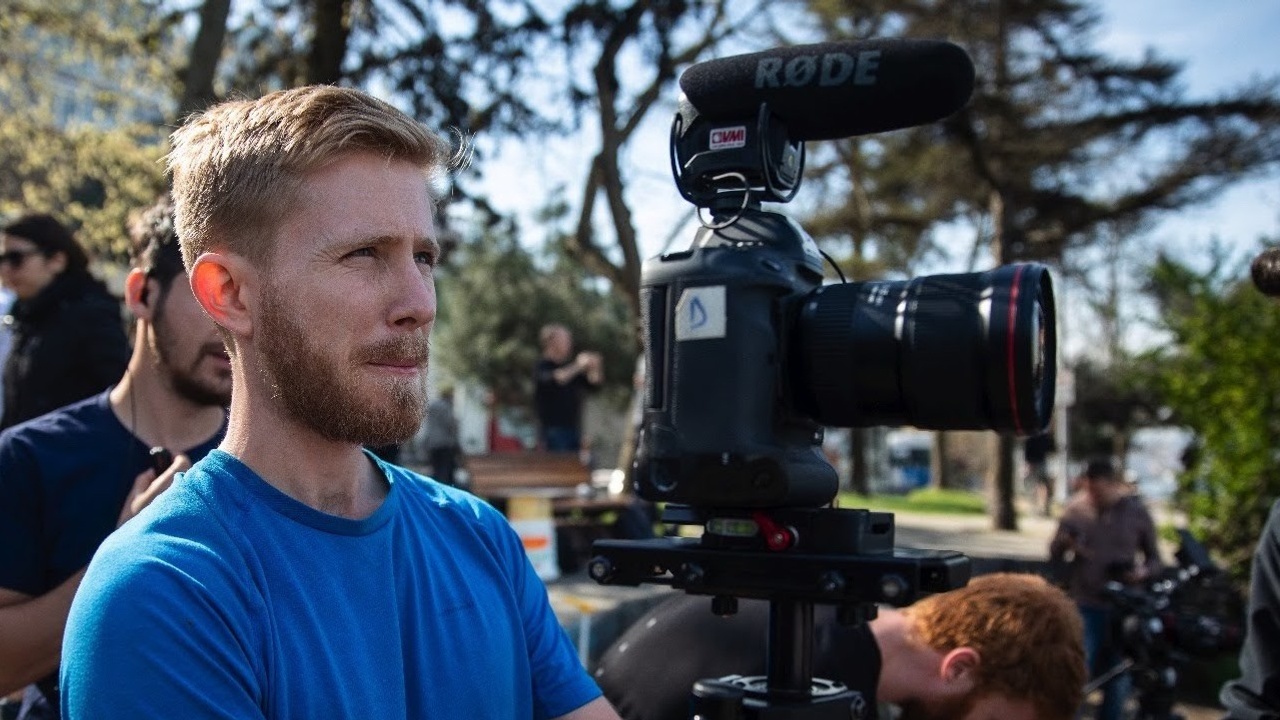
Camera movement in documentary filmmaking is a powerful storytelling tool. It influences emotion, highlights key moments, and adds cinematic flair. But knowing when to move and when to stay still is critical. In this guide, you’ll discover the five essential camera movement techniques and how to use them intentionally to enhance your story.
1. Handheld Movement (Shoulder or Easy Rig)
Handheld shooting gives your film an immersive, on-the-ground feel. A shoulder or Easy Rig smooths out small shakes while preserving spontaneity. It draws the audience into the action, making them feel like part of the moment.
Use when:
-
You're following characters in motion
-
You want urgency or intimacy
-
Settings are unpredictable or constantly changing
Tip: Keep it steady, but don’t remove all motion, subtle movement adds life without distraction.
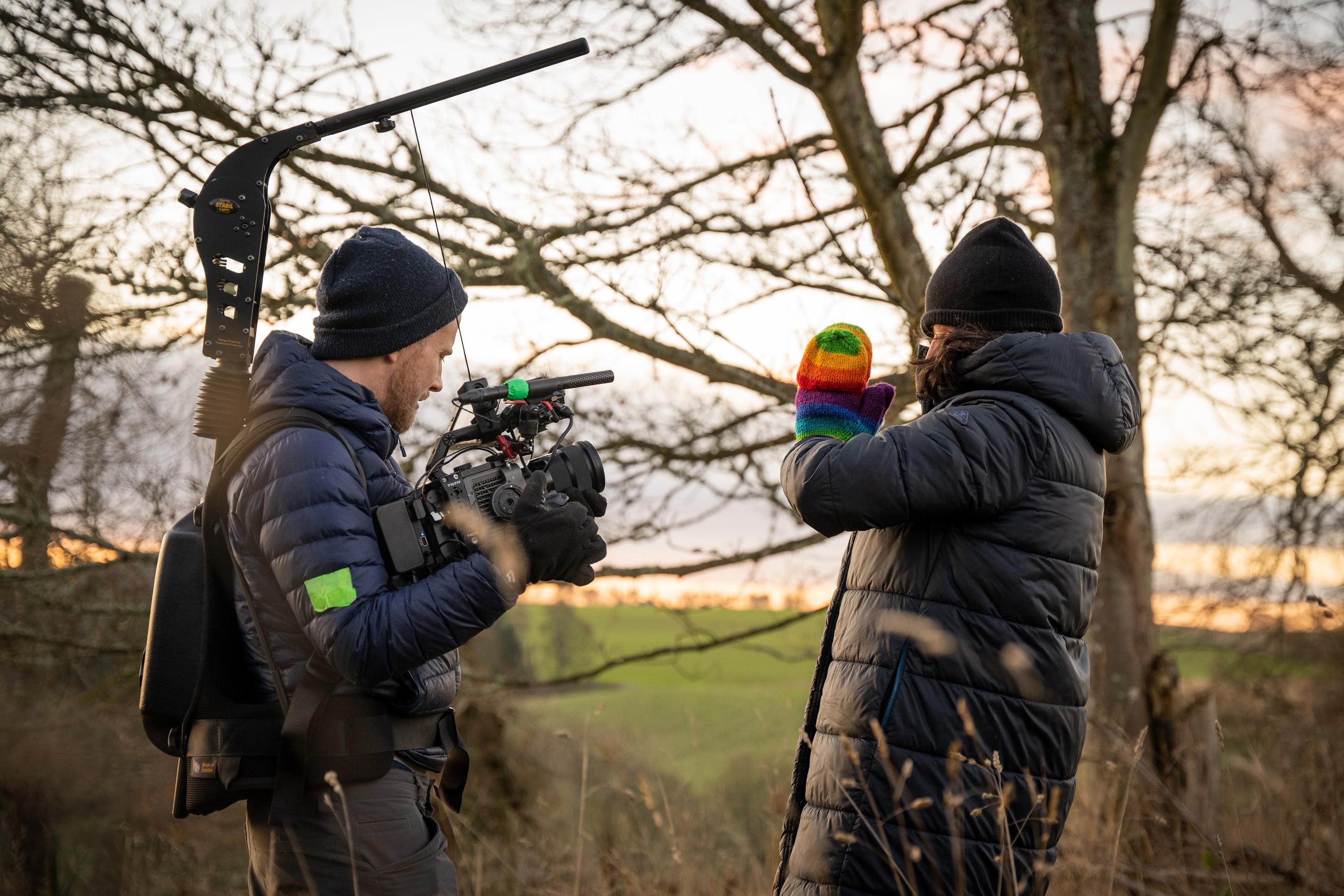
2. Static, Panning, and Tilting (Using Tripod)
A tripod provides stability and precision. Ideal for interviews, observational sequences, or long takes, especially with long lenses.
-
Static shots offer focus and stillness.
-
Pans or tilts reveal information slowly and purposefully.
Use when:
-
You need visual stability during dialogue
-
You want a clear, controlled reveal without handheld jitter
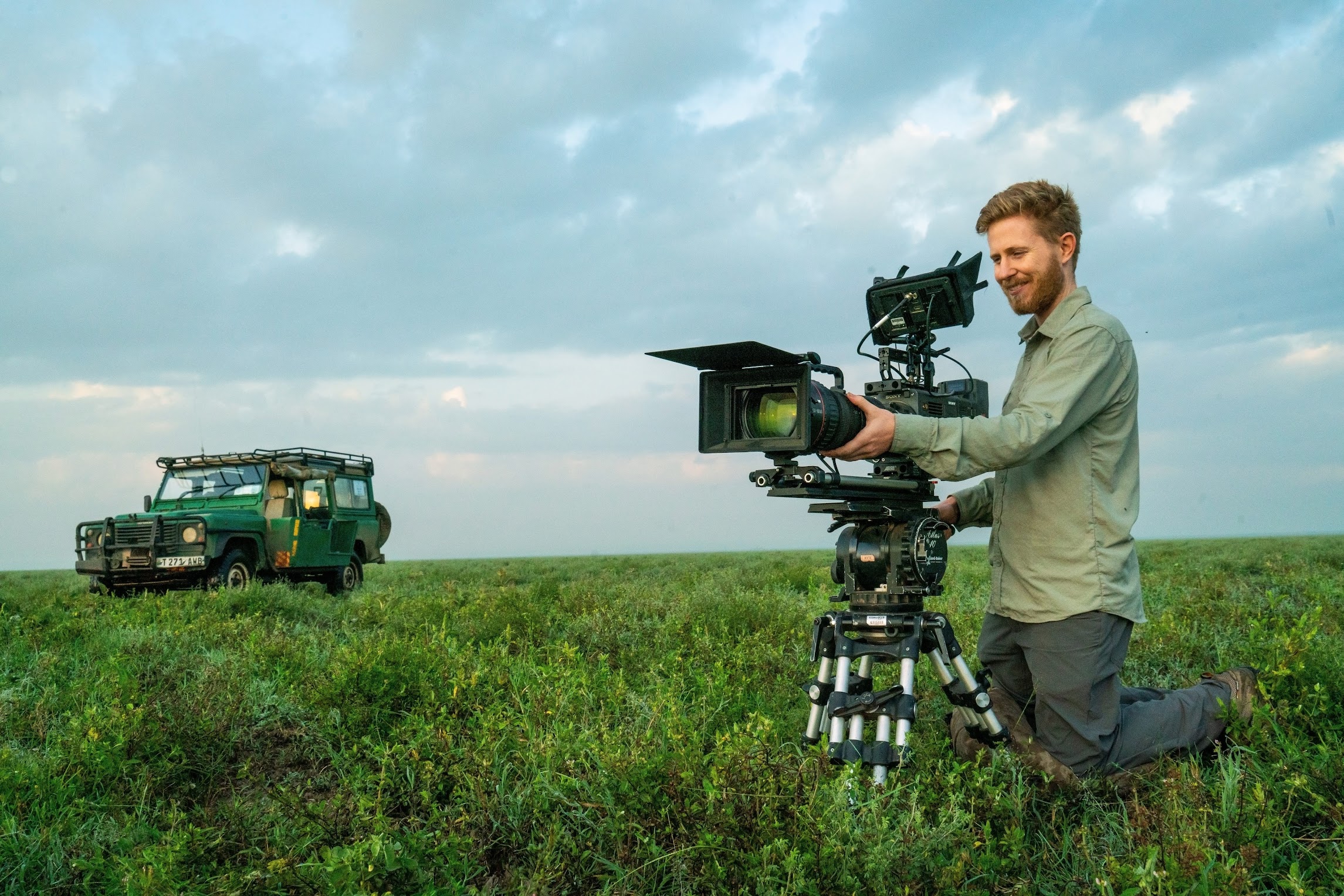
3. Slider Shots for Smooth Motion
Sliders add gentle, controlled camera movement, ideal for cinematic documentary scenes. Mounted on a tripod or low to the ground, sliders allow tracking shots that add polish without overpowering storytelling.
Use when:
-
You want to reveal the subject or environment slowly
-
You want smooth motion without a gimbal setup

4. Gimbal Movement
A gimbal is versatile and smooth, providing cinematic movement even while walking with the subject. It enables both stability and freedom.
Use when:
-
You need smooth, mobile shots
-
You’re following action across varied terrain
Tip: Slow, deliberate movements work best. Fast, wide pans can feel disruptive.
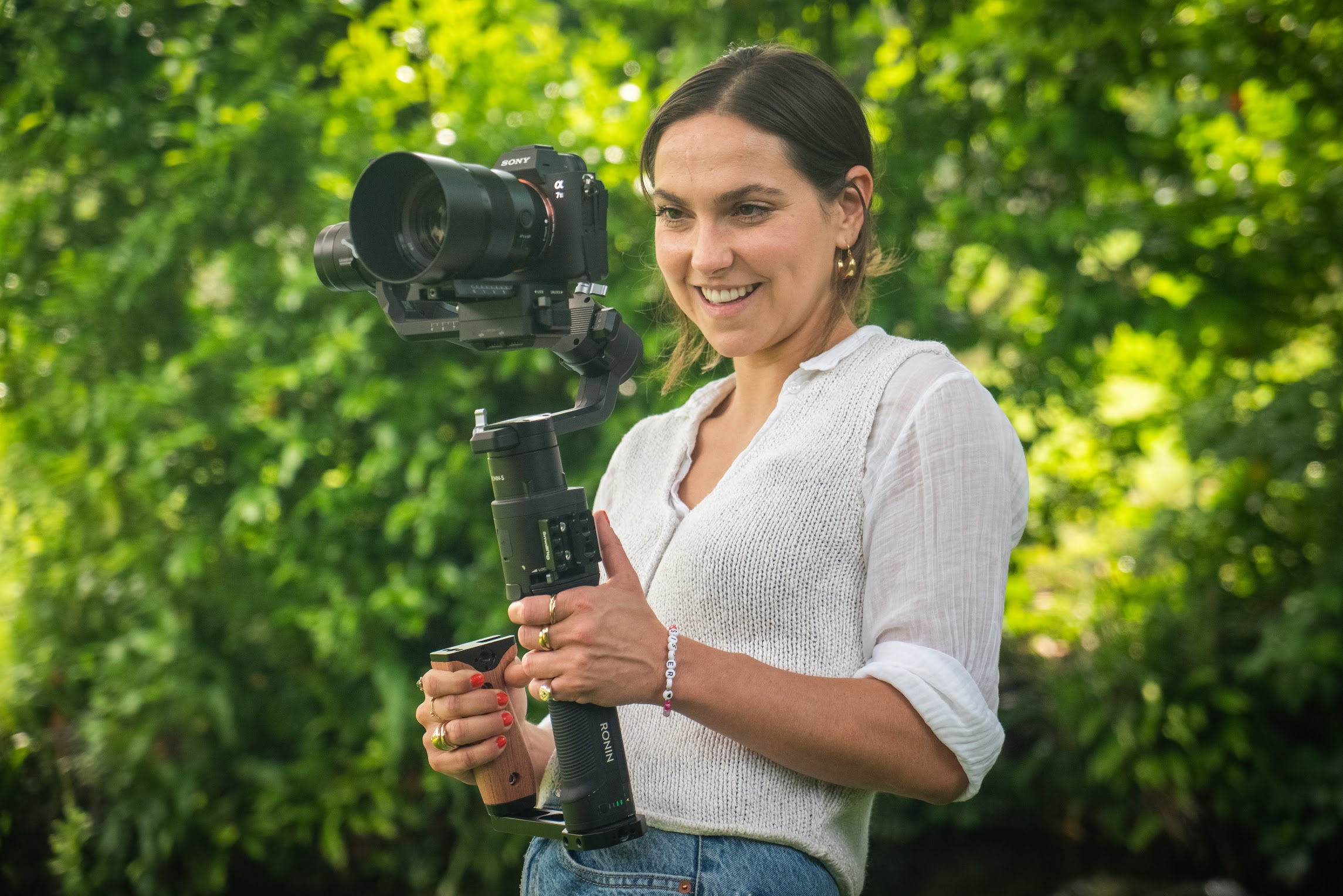
5. Aerial Shots with Drones
Drone footage adds scale, scope, and cinematic beauty. It's ideal for establishing scenes or showing environments that enhance narrative context.
Use when:
-
You want an epic overview of setting or landscape
-
Budget or regulations allow aerial filming
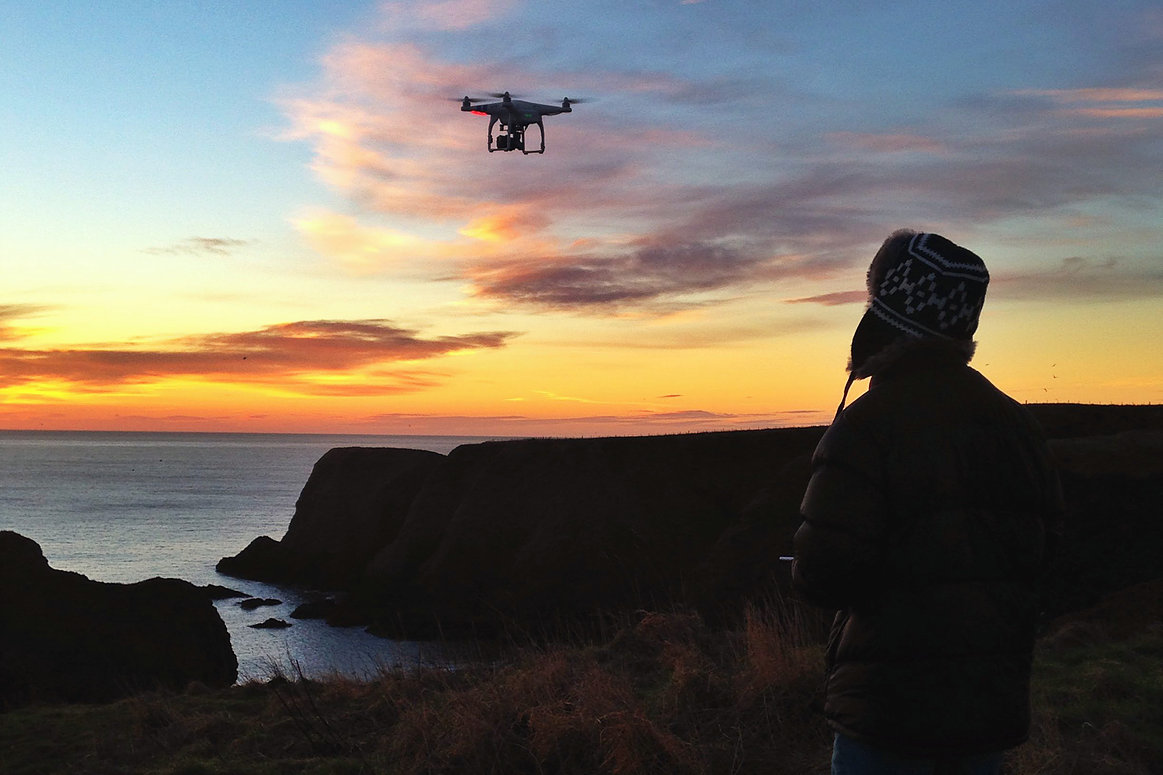
When to Use Movement and When to Hold Still
Understanding when to move your camera is as important as how:
-
Move to reveal: Use pans, tilts, sliders, or handheld shots to uncover new visual information.
-
Hold to reflect: Static shots give viewers time to process and feel the moment.
A memorable scene doesn’t need a lot of movement. In One Breath, we kept the camera still during freedivers’ descent to focus on their expressions and build tension naturally.

Handheld vs Smooth: Choosing the Right Movement Style
Handheld brings tension and reality. Gimbals, sliders, and drones bring polish and visual grace.
Choose handheld when you want urgency or emotional immediacy. Choose smooth movement when you need cinematic quality and visual rhythm. It’s all about matching the style to your story’s tone.
Crafting Your Visual Signature
Great documentary camera movement isn’t just about gear, it’s about style.
-
Study filmmakers who inspire you.
-
Notice how they use movement to reveal, connect, or intensify.
-
Practice each technique until it feels intuitive, then adapt it to your vision.
Over time, you’ll develop a style that resonates emotionally and tells stories with impact.
Final Thoughts: Let Movement Serve the Story
From handheld immediacy to aerial grandeur, camera movement in documentaries is about choices that respect the story, even if that choice is not to move.
Use these five techniques as tools. Let your characters guide the movement, not your gear. That’s how you turn documentarian instinct into cinematic craft.
Want more filmmaking tips?
Get my free documentary filmmaking training below.
👉 10 Secrets to Creating Cinematic Documentaries
















